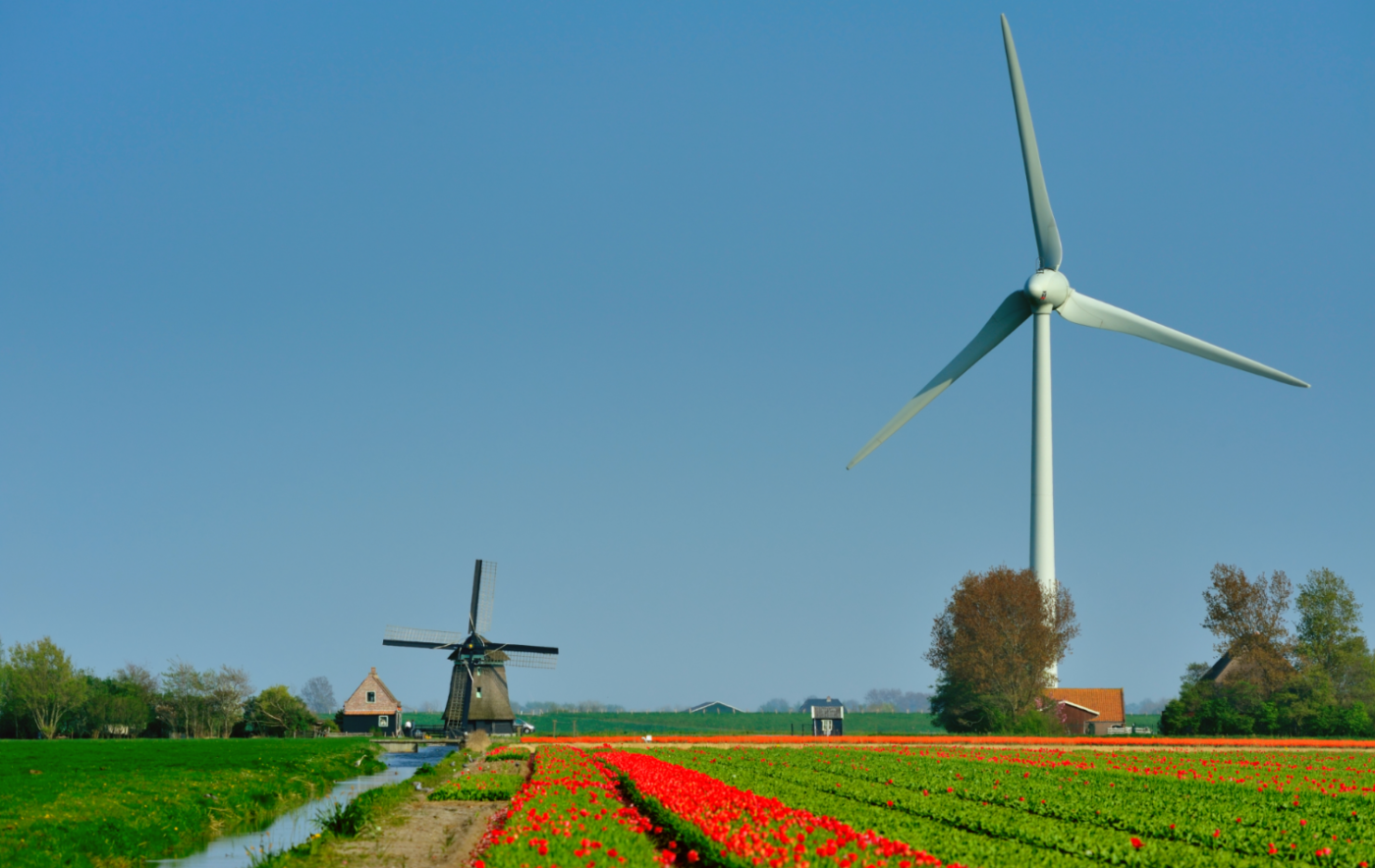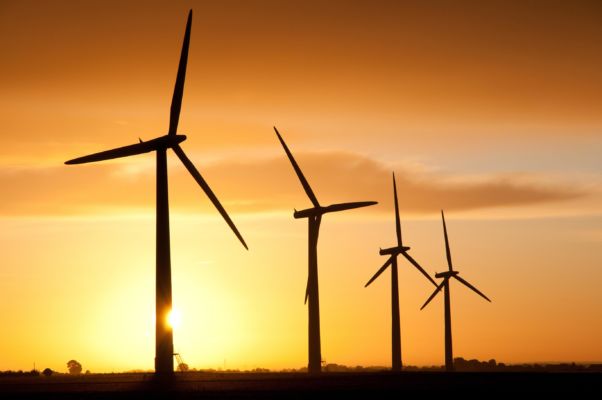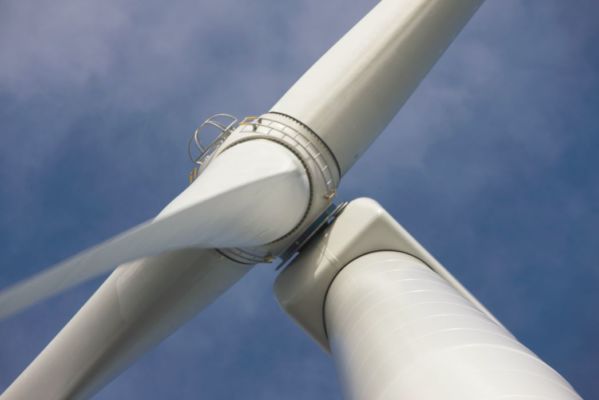Wind Farm Management Blog: Dr. Schmid, what have been some of the main developments during 2017 and how was this different to other years?
Dr. Philipp Schmid: For me, the most important change was the introduction of the first offshore tendering without subsidies in the Netherlands. Tendering is an auction system whereby organizations or people bid for energy production. This reduces the dependence on subsidies and helps facilities become self-sufficient. This is beginning to become the norm, with nations such as Germany having made huge progress already. It’s the first time we have seen such success with offshore production at such low costs and this development is likely to continue.
Additionally, the latest advancements in turbine technology have made operation more cost-effective and efficient, and helped organizations become more profitable. In turn, this is likely to lead to further technological developments for parts such as bearings. The greater loads that turbines can take, the more energy they can produce. Bearings play a vital role in scaling up wind turbine rated capacity and the SKF test center is setting new industry standards for developing those bearings. It could be an interesting year for research and development.
Wind Farm Management Blog: You mentioned that technology has become more competitive and is a key factor in the rise of wind energy. Why is this the case?
Dr. Philipp Schmid: It all really comes down to an accumulation of experience and knowledge. As our world has become more reliant on renewable energy, more will be invested into developing new technologies. As with any design, the more time and effort put into it, the better the results. Recent years have shown real growth in wind turbine technology. Components are more reliable and can produce energy more efficiently
Wind Farm Management Blog: How are these improvements in technology changing the market?
Dr. Philipp Schmid: On the whole, the market situation is stable. Throughout the world, in particular in countries where wind farms are not so established, we are seeing clear growth. Nations such as Morocco, Egypt, and Thailand are really accepting wind power. These were not initially priority countries like the USA or China, but this really highlights the rise of wind energy. With regards to the leading regions, Europe has remained in a similar situation. Unfortunately, there has been a drop in new installations in China, and also a minor decrease in the USA. Overall, things are still going well though.
Wind Farm Management Blog: Which new technologies can we expect to have a big impact on the industry?
Dr. Philipp Schmid: Like with many other industries, big data, Industry 4.0, and predictive maintenance are likely to play a key role. The volume of turbine data is increasing and we should be making use of this. It is probable that OEMs will place a greater emphasis on this and look to release solutions that assist operators. By tailoring maintenance strategies based on big data, operators are likely to increase reliability and be able to plan maintenance more effectively. Predictive maintenance in connection with Industry 4.0 will boost efficiency in the O&M sector. However, there is still some work to be done from operators and OEMs before this becomes commonplace.
Wind Farm Management Blog: What is your overall take on where the wind energy sector will be by the end of year?
Dr. Philipp Schmid: Overall, I think the surge of growth is going to continue and the industry will become financially more solid. We are going to see more wind farms and, therefore, more jobs. This may lead to a lack of available skilled professionals, but this shouldn’t hit the industry too hard in 2018 and everyone involved has time to prepare. The wind energy industry is in a strong position and I only see the sector becoming more prominent in modern society. More nations will come to rely on wind power and invest more heavily. Consequently, technology and efficiency will also improve. These are exciting times for all those involved with wind energy.



